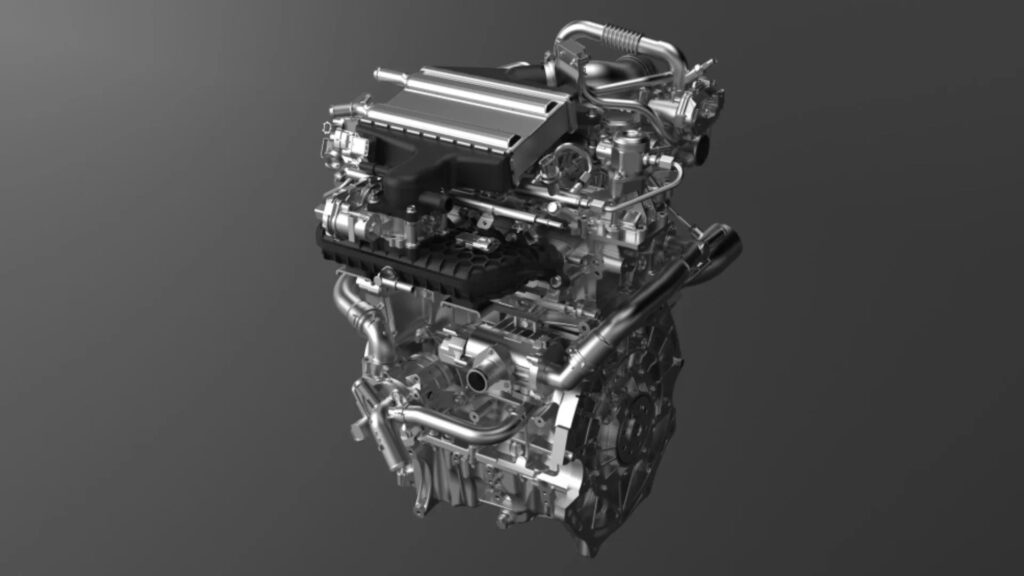Chinese state-owned auto manufacturer GAC (Guangzhou Auto Company) which is also a joint venture partner of Toyota in China, has revealed a prototype engine that burns liquid ammonia, which could be an alternative fuel to electricity and hydrogen.
Developed in collaboration with Toyota, the new-age internal combustion engine (ICE) takes its inspiration from the maritime and haulage industries, which are exploring ammonia as an alternative to diesel for container ships and trucks. According to GAC, the 2.0L four-cylinder engine produces 161hp while emitting 90% less carbon when compared with unleaded petrol.
Related: Toyota and Yamaha Developing Hydrogen-Fueled 449hp V8 Engine
Although not the first engine to be developed to run on ammonia, this is the first to be proposed for possible use in a passenger car. At an annual technology presentation, GAC said it had overcome several issues, such as excess nitrogen emissions and an increase in combustion pressure compared with petrol engines. Qi Hongzhong, an engineer at the GAC R&D center in Guangzhou, China said:
“We’ve overcome the pain point of ammonia being difficult to burn quickly and put the fuel to use in the passenger car industry. Its value to society and for commercial uses are worth anticipating.”

Although ammonia is largely used as a fertilizer, its explosive nature has made it an appealing option for usage in future transportation systems. At 3.6kWh per liter, it has almost half the energy density of petrol but produces no carbon, hydrocarbons, or CO2 when burned. The conventional ammonia production process is regarded as being energy-intensive, however recent innovations have allowed for the production of “green” ammonia on a modest scale using renewable energy sources to produce a product that is carbon-free.
Related: 2023 Auto Shanghai: GAC Reveals Hotter Empow R Sports Sedan
Ammonia is utilized as a fertilizer in agriculture in excess of two-thirds of the world’s annual production. Additionally, it is used in the production of polymers, textiles, explosives, and pesticides in addition to being a refrigerant gas.

A computer animation professional with over 23 years of industry experience having served in leading organizations, TV channels & production facilities in Pakistan. An avid car enthusiast and petrolhead with an affection to deliver quality content to help shape opinions. Formerly written for PakWheels as well as major publications including Dawn. Founder of CarSpiritPK.com




